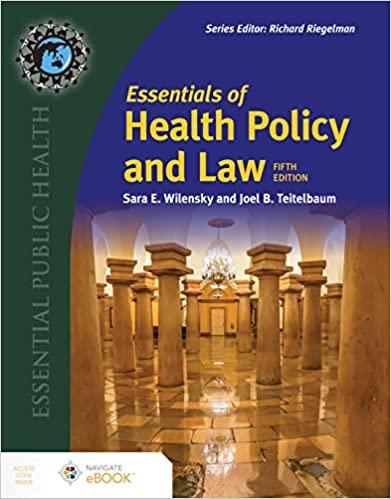Question
Businesses do not operate in a vacuum but rather in a dynamic environment that has a direct influence on how they operate and whether they
Businesses do not operate in a vacuum but rather in a dynamic environment that has a direct influence on how they operate and whether they will achieve their objectives. This external business environment is composed of numerous outside organizations and forces that we can group into seven key subenvironments, as (Figure) illustrates: economic, political and legal, demographic, social, competitive, global, and technological. Each of these sectors creates a unique set of challenges and opportunities for businesses.
1 Is there any role for heparin in management of septic shock?
2 Is there more adrenaline (epinephrine) or noradrenaline (norepinephrine) produced in shock? From where do these substances come from?
3 I hear conflicting views as to whether activated protein C is useful in shock.
4 Why does both vasoconstriction and vasodilatation occur in shock?
5 Are pulmonary artery (PA) catheters dangerous?
6 In most hospitals, what is the difference between a high-dependency unit (HDU) and an intensive care unit (ITU) and what is 'step down' care?
7 What is the difference between acute lung injury (ALI) and acute respiratory distress syndrome (ARDS) from a practical point of view?
8 What is the role of inhaled nitric oxide (NO) in acute respiratory distress syndrome (ARDS)?
9 What is meant by 'positive' pressure ventilation?
10 Why is an electroencephalogram (EEG) not used in all countries to evaluate possible brain death.
Step by Step Solution
There are 3 Steps involved in it
Step: 1

Get Instant Access to Expert-Tailored Solutions
See step-by-step solutions with expert insights and AI powered tools for academic success
Step: 2

Step: 3

Ace Your Homework with AI
Get the answers you need in no time with our AI-driven, step-by-step assistance
Get Started


